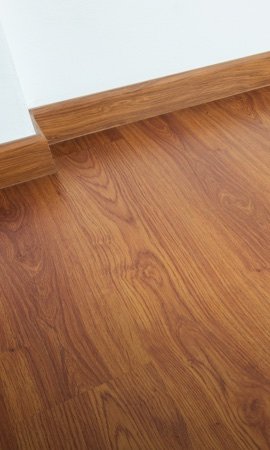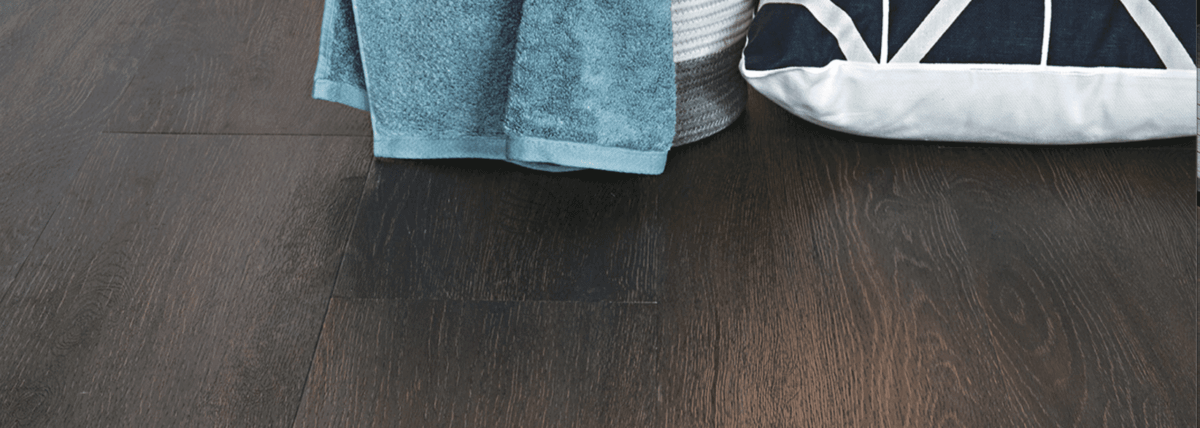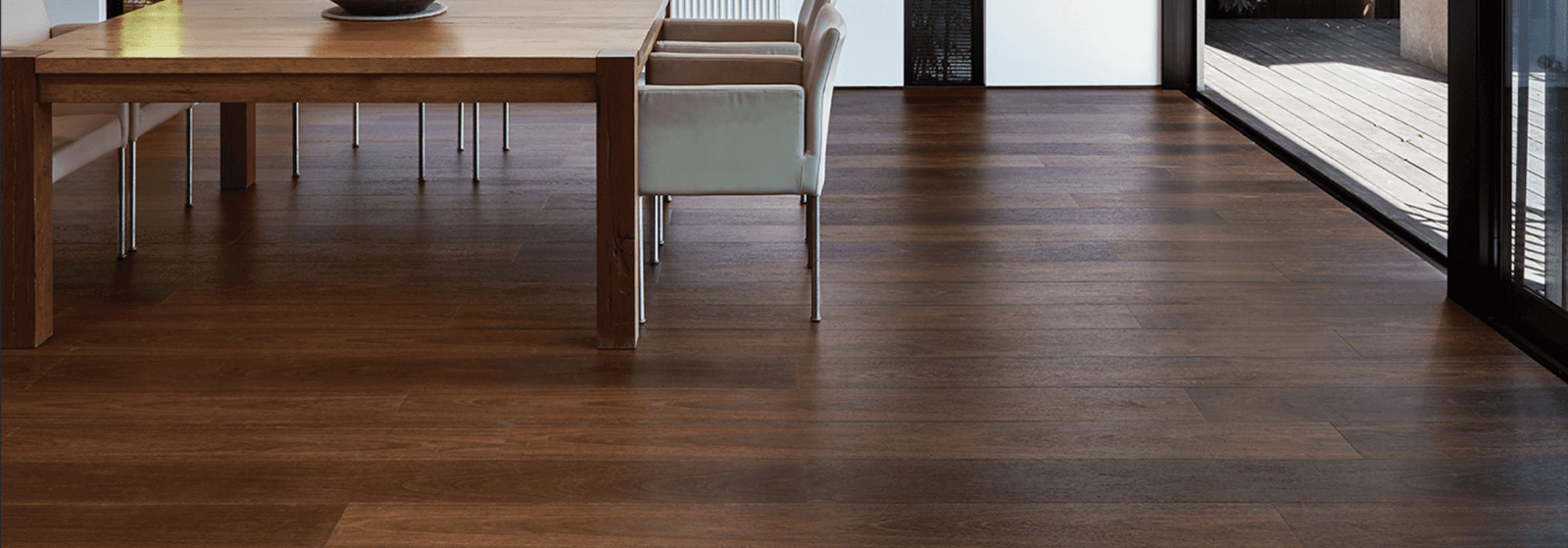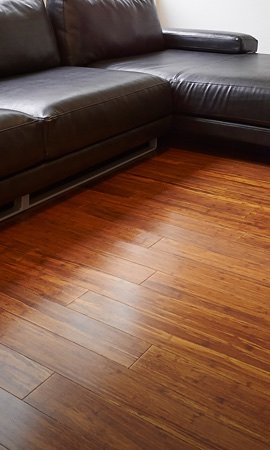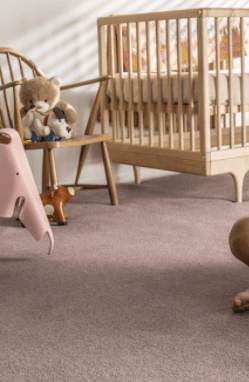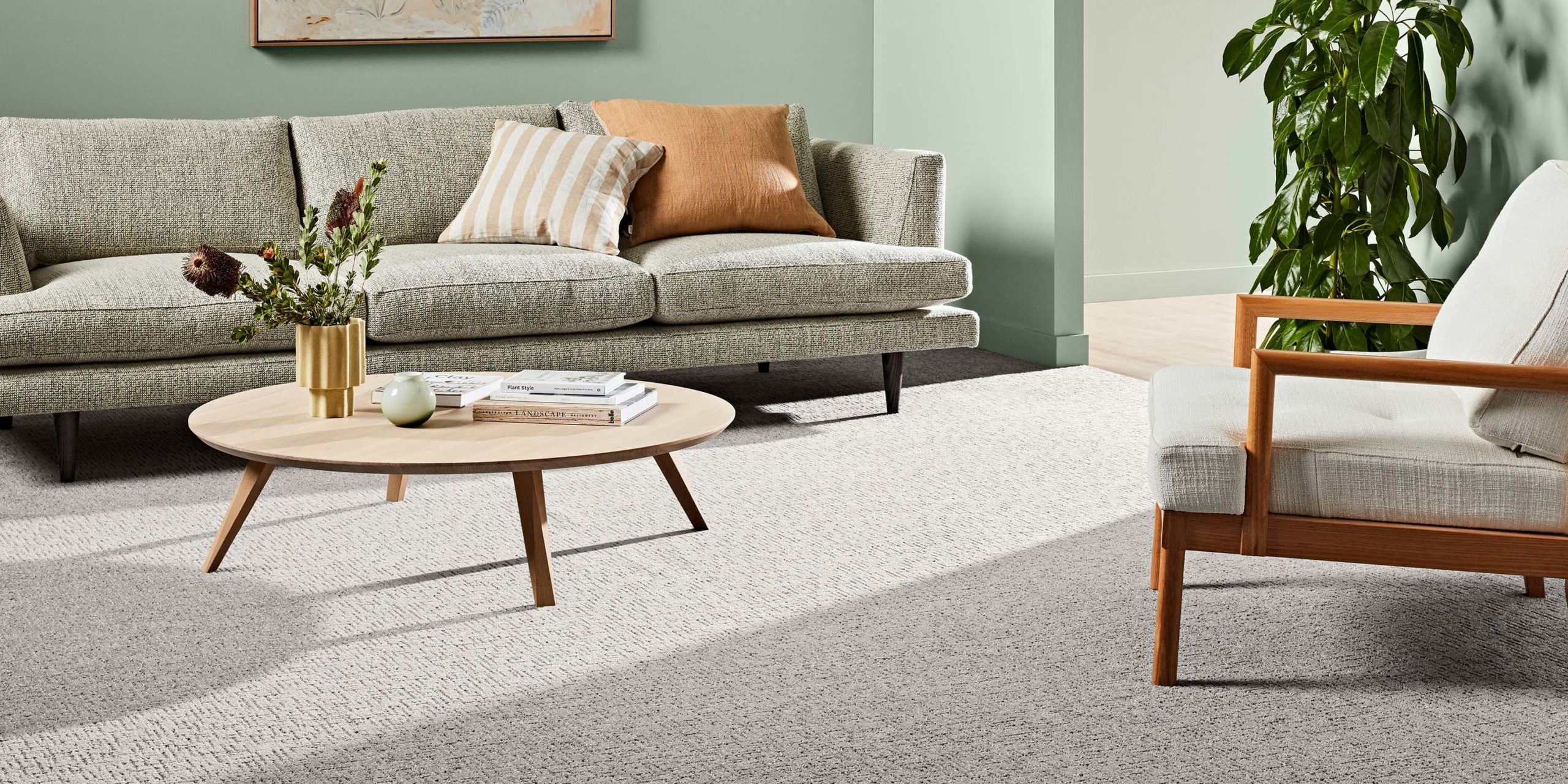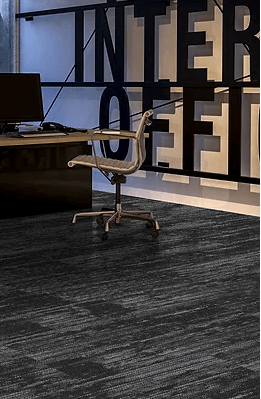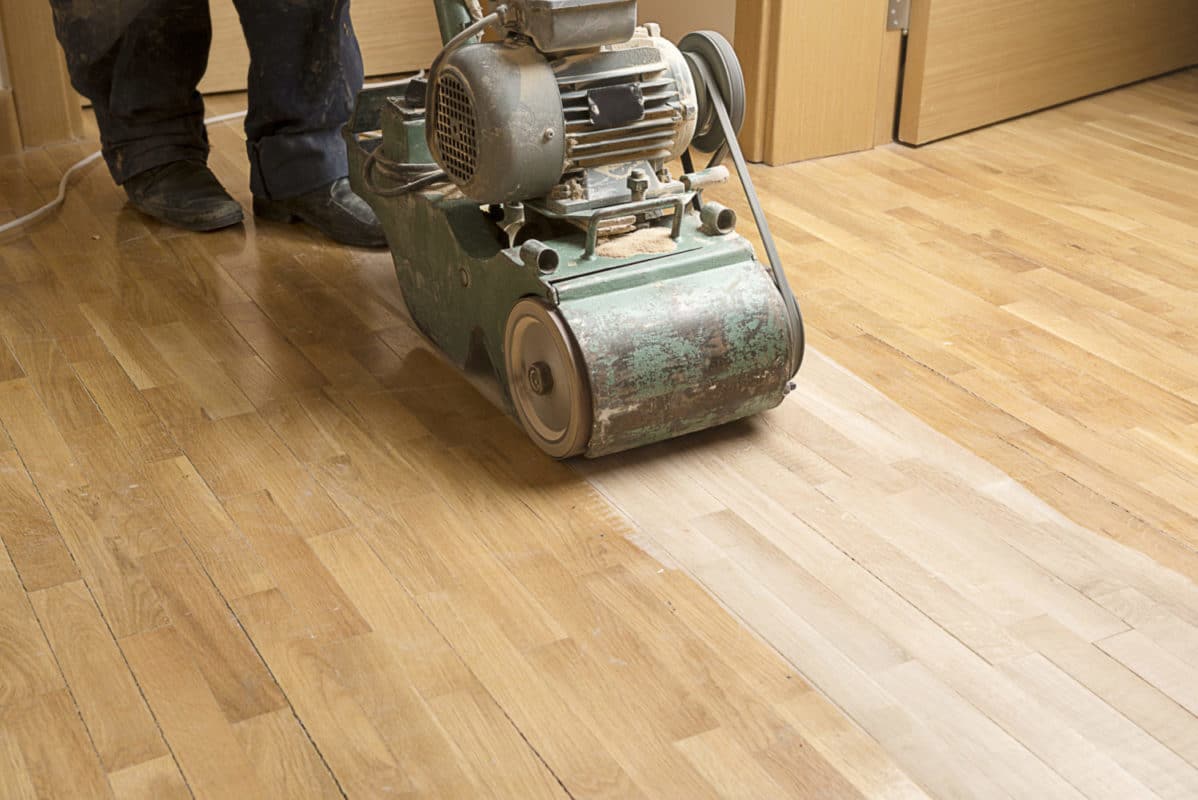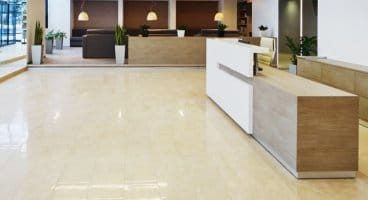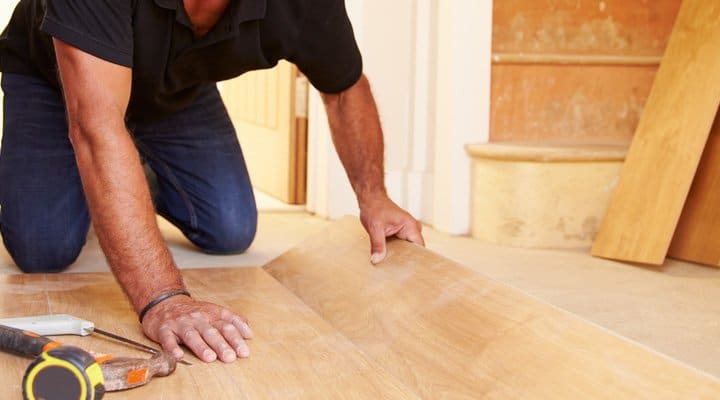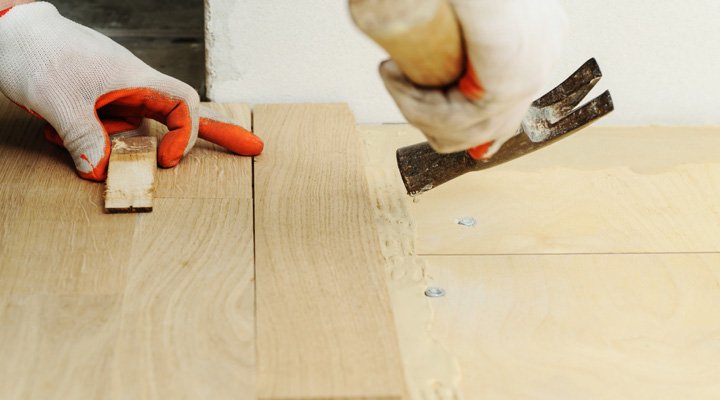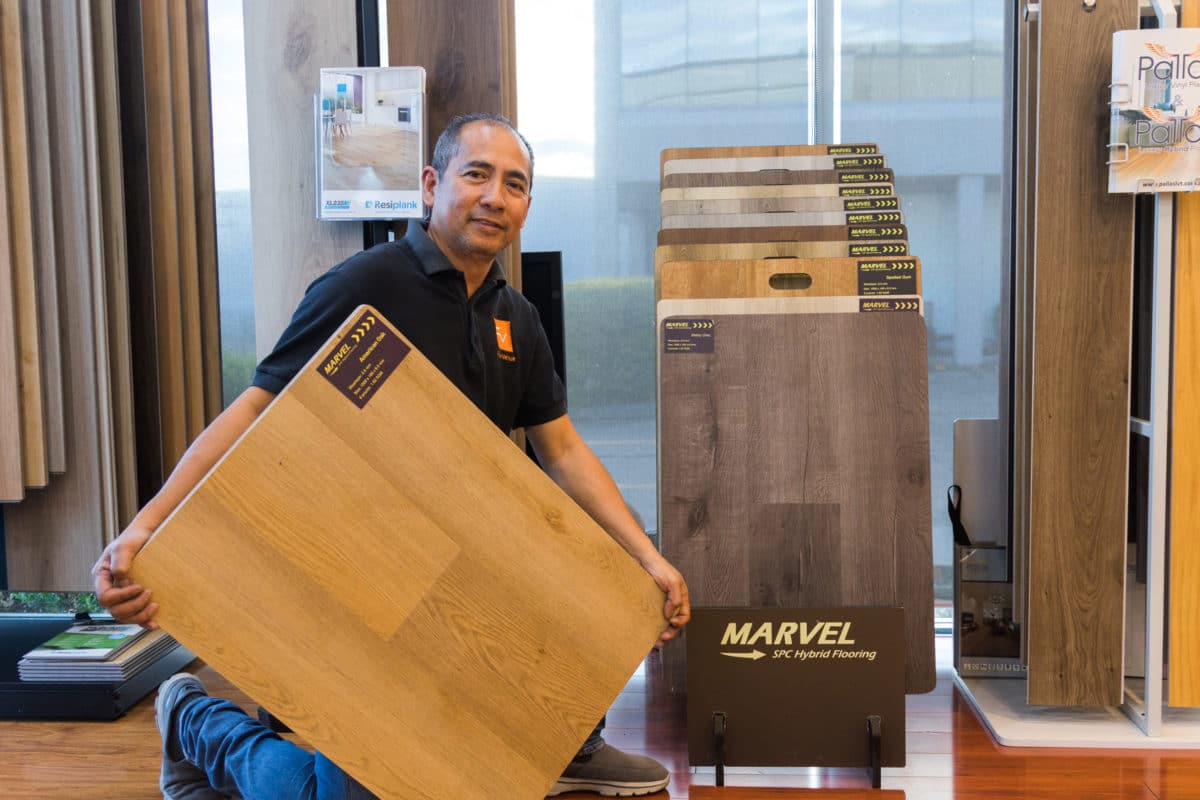

02 Jun Ultimate Guide to Hybrid Flooring
What Is Hybrid Flooring?
Hybrid flooring is a new and innovative option for your home that combines the waterproofness of vinyl flooring with the rigidity and scratch-resistance of laminate. Using cutting-edge manufacturing technologies, hybrid flooring comes in a wide range of designs and styles whilst still being affordable and durable.
If you are looking to discover whether hybrid flooring is the right choice for your home or office, you’ve landed in the right place. We are about to turn you into a hybrid flooring expert. This article will cover:
- What is hybrid flooring made of
- What are the benefits of hybrid flooring
- What are the disadvantages of hybrid flooring
- How much does hybrid flooring cost
- Other factors to consider when choosing hybrid floors
What is Hybrid Flooring Made Of?
Hybrid flooring is generally made up of four layers that are pressed together to make a hard-wearing and waterproof floor:
- Top layer – This is a commercial-grade protective coating that gives hybrid floors impact, stain, scratch, and UV resistance.
- Print layer – The print layer uses advanced printing technology to bring you your desired design. Hybrid floors can very realistically imitate the look and feel of surfaces such as wood, tile, concrete, and marble.
- Core board – a composite that allows hybrid floors to feel solid and withstand rapid temperature changes. For hybrid floors, this layer usually comes in three main types:
- Stone Plastic Composite (SPC) is made of limestone, polyvinyl chloride (PVC), and stabilisers. SPC hybrid flooring is known to be durable and solid underfoot.
- Wood Plastic Composite (WPC) is composed of recycled wood and PVC. WPC hybrid flooring is softer and generally better at reducing noise transmission.
- Stone Wood Composite (SWC) is constructed from an stone, resin and extremely high density fiberboard. SWC is the most durable hybrid floor of all three types, and achieves an AC4 commercial grade surface.
- Acoustic underlay – the majority of hybrid floors also have this bottom layer pre-attached, which increases foot comfort, dampens sound, and eliminates the need for any additional underlayment.
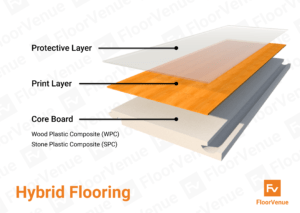

What are the Pros of Hybrid Flooring?
It’s stylish
Like laminate flooring, hybrid floors use a print layer that can give you wide flexibility in choosing what style of floor you want. This print layer can come in a smooth or embossed finish and gives you the texture and edges of other types of flooring (like timber) without the maintenance costs.
At FloorVenue, we stock almost 2000 different colours in hybrid flooring. As such, this is a great option if you’re envisioning a particular look for your home!
It’s 100% waterproof
Because hybrid floors have a hard topcoat and a PVC-infused core, it is 100% waterproof, which is especially useful if you have pets who like to leave a mess or kids that may spill drinks. Hybrid floors are thus a good option for all areas of the house, even in high-moisture areas such as the kitchen, and laundry.
Hybrid flooring is actually designed to be the second generation of vinyl plank flooring, hence the common name “hybrid vinyl flooring”. Vinyl flooring is the original waterproof hard floor, except they are made completely from plastic and hence are a little more flimsy and less attractive.
It’s highly durable
Hybrid floors can last decades because of their tough top coating that can withstand dents and scratches, even in high-traffic areas. If you have pets or kids that love playing on the floor, you’ll love how hybrid floors can withstand 2 decades of wear and tear! When combined with the waterproof nature of these floors, you’ll be able to use these floors nearly everywhere!
If you like durability, our newest Stone Wood Composite (SWC) hybrid flooring now achieves a commercial-grade surface that makes it suitable for light and medium contract use.
It’s affordable
Hybrid flooring is installed as a floating floor, which means that it can be installed over the floor that you already have. This is particularly useful if you want to install flooring temporarily for rental homes, or to change the feel of your homes. Not only that, but floating floors reduce the cost of preparation, installation, and eliminate the need to use any expensive adhesives!
At FloorVenue, we have a hybrid floor for just about any budget. Feel free to reach out any time for a quick quote, or explore our guide to hybrid floor prices in Sydney (2025).
It’s easy to maintain
Hybrid floors use floorboards that click together, so there aren’t any gaps for grime and dirt to hide. This means that you will generally only need to clean with a vacuum or broom, although you’ll need to take care to clean up any abrasive sand or dirt that can scratch the floors. Because they’re waterproof, hybrid floors can also be wet mopped (something you need to be very careful about with timber, laminate and bamboo floors)!
It’s comfortable and reduces noise
The use of underlayment on hybrid floors helps quieten any sounds, provides excellent thermal insulation, and helps to support your feet as you walk or stand on it. This makes hybrid floors suitable for the kitchen, as your feet won’t get sore compared to tiles – which are hard and cold.
This doubles as a way to save money and time if you live in an apartment because strata will always require an acoustic underlay. Now it’s pre-attached!
It maintains its colour and quality over time
Hybrid floors combine the use of fade-resistant dyes with the UV-resistant topcoat to protect against UV damage from the sun. This means that the stylish design of your floors will keep looking brand new for years to come.
Some cheaper hybrid flooring may experience fading when exposed to sunlight. It is important to purchase from reputable companies and brands to ensure you get what you pay for.
It’s easily repairable
In the event that you damage a hybrid floorboard, it’s easy to unclick the floorboard and replace it with a new one. When you purchase a hybrid flooring, it’s generally wise to purchase an extra pack you can leave in your garage. In the case you need to repair the floor in the future, you can simply take out a board, cut it to size, and click-lock it in.
.jpeg)
.jpeg)
What are the Cons of Hybrid Flooring?
It’s affordable, but not as affordable as laminate flooring
Although hybrid floors are cheaper than options such as tile, hardwood and oak flooring, they use new technologies that make them more expensive than laminate or vinyl flooring. If you’re on a very tight budget, you might like to consider those options instead.
It might feel less authentic
Hybrid floorings may feel slightly less authentic (unique texture due to the mix of plastic, limestone, and wood) and less solid underfoot compared to thicker timber and bamboo floors. However, you’ll be hard-pressed to find the difference without a close examination of the floor.
It is not re-sandable
Unlike timber, hybrid floors also can’t be re-sanded or re-coated when it begins to wear, although it’s generally durable enough to not need this. This means if you damage a hybrid floorboard, you’ll have to replace the board with a new one.
It requires a very flat subfloor
As with any floating floor, hybrid floors require a flat floor to be installed properly. Generally, the floor can’t deviate more than about 3mm in height over 2m in length so that the click-lock system operates properly and does not creak or crack as you step on it.
Most people have no idea whether their subfloor is flat or not, but that’s ok because FloorVenue offers free on-site inspections and can identify and level uneven subfloors for you in advance.
It can discolour
Although UV resistant, all flooring can discolour if it’s continually exposed to direct sunshine, so using curtains or blinds would be a good idea to keep your floors looking fresh.
Hybrid floors can also change their colour on contact with rubber products such as rug backings and slippers, so be aware of this when you choose your furniture.
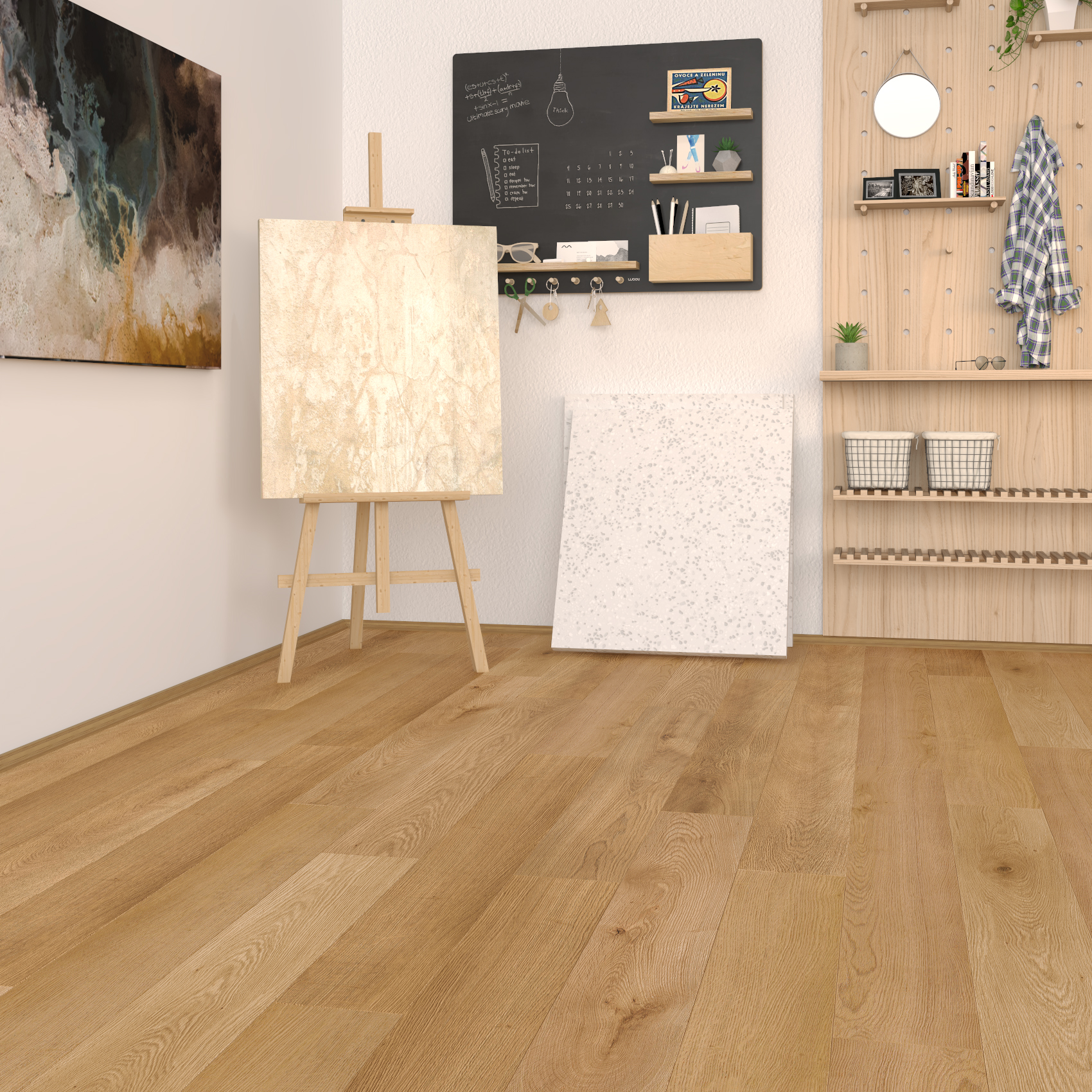

How Much Does Hybrid Flooring Cost?
Hybrid flooring is known to be on the more affordable side of hard floors. This is because they are completely synthetic and use no real timber (the expensive stuff). As of 2025, most hybrid floors of decent quality will be around $35 – $70 per square metre for supply only.
On the cheaper end, hybrid floors can cost as little as $30 a square metre. Buyers beware, some cheaper hybrids tend to be very thin and flimsy which is not a good investment if you plan to use them in the long term, especially if your subfloor is not flat and even.
How Much Does Hybrid Flooring Installation Cost?
Installation of hybrid flooring tends to cost around $25 – $40 per square metre in Sydney, however, labour tends to vary between states. Luckily hybrid flooring is a floating floor which means it is DIY friendly if you’re strapped on a tight budget. We have installation guides for hybrid flooring which can definitely put you on the right path.
Subfloor Preparation Budgeting & Pricing
Be warned that your budget can be pushed if subfloor preparation is required in the event of an uneven subfloor. Floor levelling usually involves self-levelling compound or subfloor grinding.
Floor levelling typically costs between $40 – $60 per square metre for concrete slabs, and up to $80 per square metre for timber subfloors. It varies depending on how uneven it is, and whether your subfloor is made of timber or concrete. It is difficult to estimate the cost of levelling without an on-site inspection and measure up as every subfloor is different. If in doubt, don’t hesitate to reach out to one of our flooring consultants for advice.


What Should I Consider When Choosing Hybrid Flooring?
Your Needs
First and foremost, you need to know what room you’re looking to install your floors in. Hybrid floors are generally suitable for all areas of the house as they are waterproof, and can hold up to high foot traffic. However, they can’t be used where water is continually soaking on them, such as in the shower, saunas or near hot tubs.
You should also account for the slight increase in height of your floor when installing hybrid floors, and whether they’ll interfere with any furniture or doors in your home. This is a problem with all flooring installations, and generally can be fixed with resizing any doors in the house. If you need help with furniture and door issues, FloorVenue has an experienced in-house carpenter who can resolve all issues.
Length of Floorboards
Hybrid floorboards can come in a variety of lengths – 1.2m, 1.5m, and 1.8m – which can impact on how they look in your home. Longer floorboards have more pressure on their joints, although they can give a sense of vastness that looks nicer in larger rooms. Longer and larger floorboards tend to make space seem more spacious and modern.
Warranty
Many types of hybrid flooring carry a wear warranty of 20-25 years, although it’s important to know what is covered in the warranty by your specific manufacturer. Make sure that you purchase from a long-established and reputable flooring supplier so that you have peace of mind in being able to claim this warranty in the unlikely event that you need to.
Underlayment
Many hybrid floors already have a pre-attached underlayment. If they don’t, you can consider high-density acoustic underlay made from foam, rubber or cork, which can be placed under hybrid floors to further dampen any sound. This underlayment is usually about 1 – 2mm thick.
If you live in an apartment, it is important to make sure the hybrid floor’s underlay meets your strata requirements. Every strata bylaw has different regulations, and FloorVenue’s large range of hybrid flooring can accommodate to them all.
Maintenance
Hybrid floors are extraordinarily flexible in how they can be cleaned, although you should not use detergents, steel wool or steam mops. If you do need to clean any stubborn stains, you should use a pH neutral cleaning solution, as this will help retain the protective layer of the hybrid flooring.
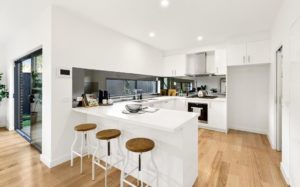

Conclusion: Are Hybrid Floors Good?
Definitely! Hybrid flooring is one of the newest and most stylish flooring types to hit the market, and it combines the rigidity and flexibility of laminate with the waterproofness of vinyl flooring. We can certainly see many people choosing hybrid floors over the next few years!
FloorVenue has a huge range of hybrid flooring in thousands of colours and designs. You can also discover honest reviews of our top selling hybrid flooring brands, or reach out for personalised advice on choosing the best hybrid flooring!

